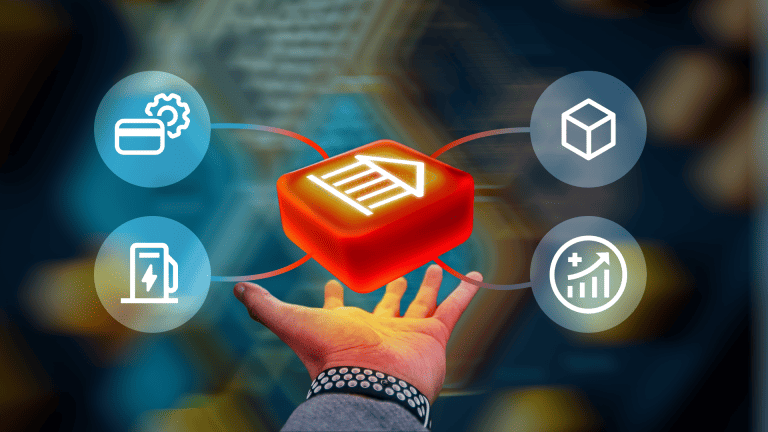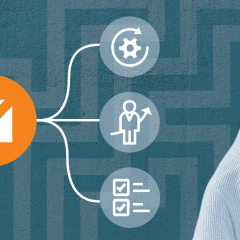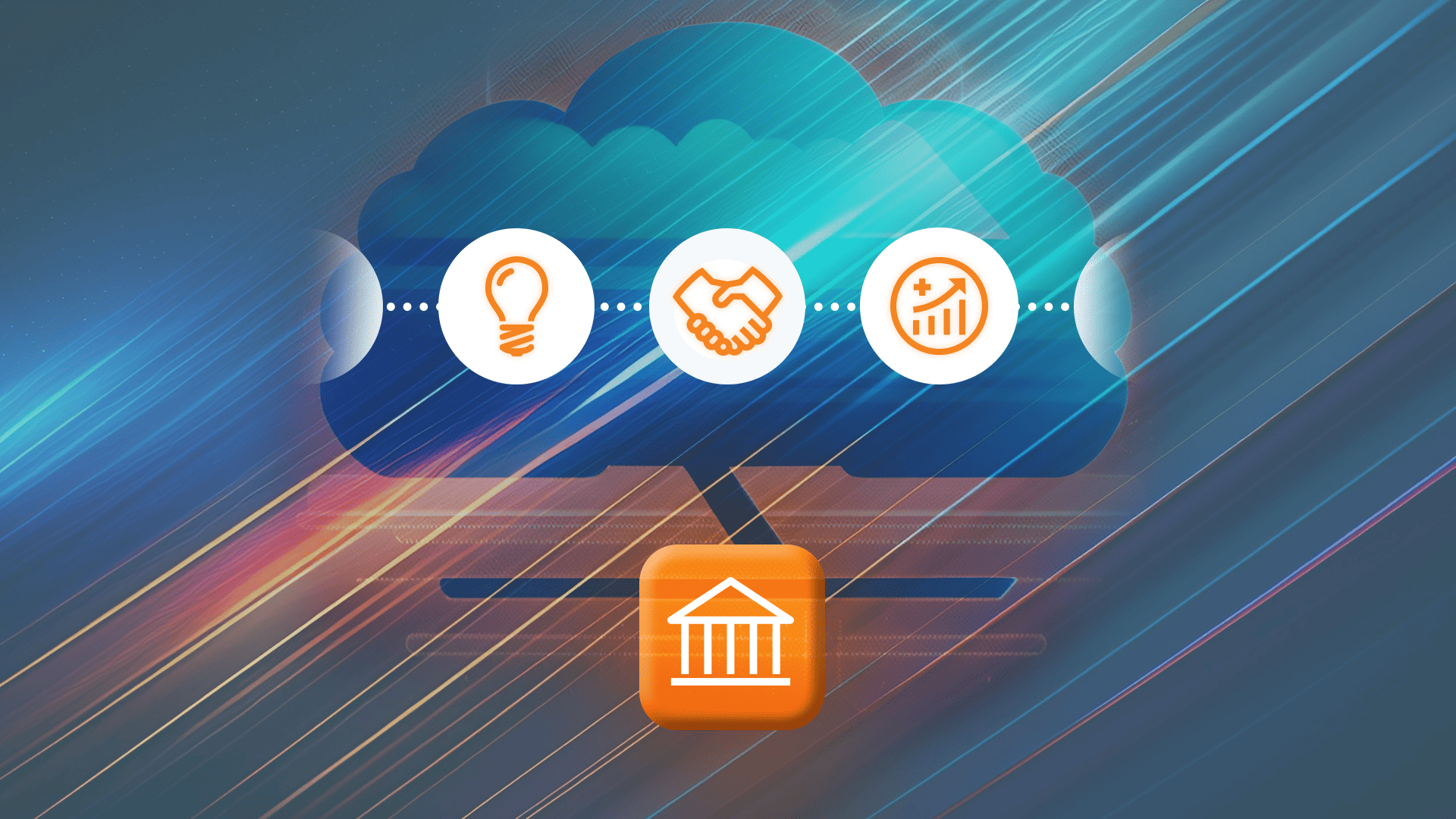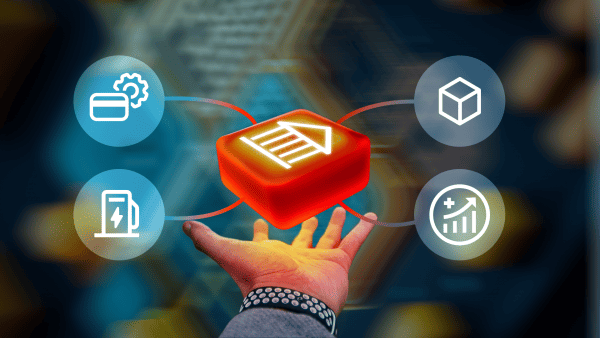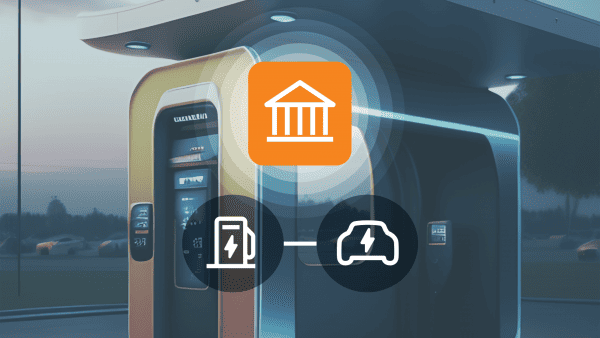Our previous “beyond telecom” story covered the use cases PortaBilling enables for EV charging and the smart grid. Frankly, we didn’t expect it would arouse so much discussion and interest inside PortaOne and among our customers. That’s why we’ve decided to expand it further, adding new actual and potential PortaBilling use cases from various industries and explaining the technologies that make PortaBilling a unique offering for its niche.
First, Let’s Agree on the Vocabulary
While researching the competitive landscape and the existing state of technology for this story, we discovered various concepts: such as “billing,” “charging,” “invoicing,” and others. All of these terms define a relationship between the customer and the service provider, resulting in the provider getting remunerated. However, these concepts are not synonyms. And here is a disclaimer: All of the explainers below are very far from academic definitions. This is just our attempt at coming to terms on terms.
Invoicing
Zoho’s simple and elegant definition (we cover Zoho’s story in the next part of the saga) explains that an “invoice” is a document given to the customer by the service provider to collect payment. It includes the cost of products or services purchased by the customer and rendered by the service provider. Therefore, “invoicing” is a process of generating an invoice by the service provider and presenting it to the customer.
Charging
According to Oracle (corporation, not deity), a “charge” is an expense item. At the same time, an “invoice” is a document that summarizes a group of incurred or future charges during a specific time period. Therefore, charging is about producing correct amounts for individual items, which will be included in an invoice separately or as a group later on. For instance, instead of presenting call records for each of 100+ calls, it’s sufficient just to show “domestic calls — 250 minutes.”
Charging does not necessarily require instant invoicing. This can be done later. However, for tax reasons, API-based charging (see Stripe API, for example) still requires an invoice in many cases. A good example is calculating the VAT in Europe.
Billing
The “billing,” meanwhile, is a process of recording and collecting service charges. Billing consists of multiple steps, the most general being:
- Setting the price for the services and presenting the buyer with these prices.
- Recording the charge for the services.
- Presenting a single charge or a group of charges to a customer, usually in an invoice.
- Tracking payment of the charge by the customer.
- Reminding customers of the need to pay (if they fail) for a certain amount of time (see “dunning”).
- Provisioning services to this customer based on their payment history.
Dunning, Reminders, and Collection Process
“If billing was as simple as sending an invoice to your customer, we would have had trouble staying in that business,” jokes Andriy Zhylenko, CEO of PortaOne. According to ProfitWell by Paddle, nearly 35% of all payment card transactions fail. And that’s over ⅓ of the revenue our customers can make. So, how do you design a payment reminder policy that is gentle enough not to scare the customer away yet provides efficient collections?

According to Investopedia, “dunning” is an XVIIth-century term that describes the process of service providers communicating with their customers to collect money owed for goods or services provided. Today, this collection process involves various degrees of escalating intensity, from gentle in-app reminders to hard-core litigation. The PortaBilling team calls dunning an XXI-century term “collection process.”
Service Provisioning
This term has its origins in telecom. However, in the age of SaaS, service provisioning is relevant to many other industries where “providing a service” is technologically complicated and involves multiple computer systems and technologies.
Technologically, giving a piano lesson or babysitting is plain vanilla. You might need a phone (or messenger) to agree on the time and date. You will also need basic equipment (piano, baby bottle, diapers, toddler books, and a tablet playing Peppa the Pig.) However, an SMS you must send when scheduling a piano lesson or inviting a babysitter usually involves hundreds of technologies, APIs, and computer systems. The system that orchestrates them all is service provisioning (named differently in various mobile network architectures).
Industries the PortaOne Team Is Planning to Explore First
Writing about software development and testing, Chinese military strategist Sun Tzu (or was it Heemeng Foo and Brian Feldman?) articulates principle No. 8: “Know your business.” (We have reasons to believe it was “know your terrain” in the original.) So, after researching the terrain, we opened some battle plans in case you decide to become our ally.
PortaBilling in SaaS, Especially the Billing-per-API-calls Model
“The SaaS billing problem has been around pretty much since there have been SaaS companies,” explained Bogomil Balkansky, a partner at Sequoia Capital, in an interview with Aisha Counts for the Protocol. “SaaS has been around for over a decade,” explains Oleh Shevtsov, head of the PM Department at PortaOne. “Yet, we don’t see even a hint of standardization for SaaS billing. That’s understandable. Each major player in SaaS billing shows off the simplest possible API a company could produce to convince newcomers that the integration will be almost free.”
Amazon (AWS), Google (Places API), Microsoft (Azure API), Twilio (numerous APIs), and many other tech giants have already implemented usage-based billing for their APIs. And there’s also Moesif, with its recent $12M round-A check and single focus on API monetization. So why did we pick per-call billing as a focus area for PortaBilling?
“We see that SaaS billing supply won’t match the demand for another several years or even a decade,” reasons Andriy Zhylenko. “And PortaOne has over two decades of combat experience in telecom billing, a field dominated by giants such as Ericsson, Cisco, and Amdocs.” The (not so) secret sauce is finding your niche and focusing on it.
PortaBilling for IoT
“There are two elements in the business model for IoT billing,” explains Oleh Shevtsov. “The one is the transport function — each IoT device needs some kind of connectivity to ensure the “i” element of the IoT. The second element is the monetization model for the sensor or connected device’s service. This is where the provider generates the actual value to the end user, and so it is where the charging for the value occurs.”
PortaOne launched its first ventures into IoT-transport billing in the 2000s. “Because IoT was new, customers usually bundled the “transport” and value-based billing. That’s how PortaOne ended up helping save the newborn calves in remote pastures of Brazil and empowering branded alcohol corporations to reach out directly to the end users while bartenders keep track of their patron’s ‘digital tap’ whiskey in local bars,” recalls Roman Khalenkov, chief commercial officer of PortaOne.
However, in 2010s, the IoT billing situation started to change as more smart home devices appeared, using home WiFi (not EDGE or 3G SIM card) for transport. Therefore, there was no need for separate “connectivity billing” for those IoT devices. Hence, IoT entrepreneurs decided they could “go on their own” and bill for their added value separately from the connectivity fees charged by the telcos. So, welcome to usage-based IoT billing!
PortaBilling for Data Center and Cloud Infrastructure
Data-center billing has been around for over a decade. However, each of this world’s Google, AWS, and Azure attempt to grow their own garden. “Billing is half the deal in cloud computing,” explains Andriy Zhylenko. “Once you get it right, you can scale business while growing your infrastructure simultaneously.” We don’t want to be the conspirologists here, but that’s why “the cloud gang” is not really interested in removing this barrier to entry for other potential players.
We know only one pro-SME cloud provider among the large ones. It’s Oracle and their Cloud Scale Billing. Yes, you are reading that right. That’s a large cloud provider’s billing solution for smaller-scale cloud providers. Please don’t confuse it with the billing and cost management for OCI, though.
Therefore, PortaBilling offers what “the cloud gang” fails to offer to smaller cloud providers — reliable and intense-load-ready SaaS billing (with its roots in telecom.) However, PortaBilling shines even lighter with the edge computing business model.
Edge Computing
“Edge computing” is a distributed computing paradigm centered on bringing computation and data storage geographically closer to the data sources. In simple English: not all countries have dedicated “regions.” (That’s cloud jargon for infrastructure located in direct proximity to customers, simplifying Internet traffic routes.)
“Edge computing of the 2020s resembles long distance SIP-calls in the early 2000-s,” explains Andriy Zhylenko. Large cloud providers cannot build data centers everywhere. There are various barriers ranging from bad investment climate or ongoing armed conflict (Google building a data center in Kherson right now would be a total surprise even for us) to legal limitations or economic feasibility. Yet, there’s a huge untapped potential there for smaller cloud operators, pretty much like SIP-calling and long-distance CSPs of the 2000s.
However, how do you bill for your edge computing services besides weighing and taking all the risks? You need a reliable, load-proof system that’s sufficiently customizable and agile for your local business needs. And it would be nice to have it with an unlimited lifetime license. Does this remind you of something? Exactly, welcome PortaBilling!
PortaBilling in EVs and Utilities
Last but not least, EVs and utilities had become one of the initial ventures (alongside IoT) where PortaBilling experiments outside our traditional telecom expertise. Please read our story that’s completely dedicated to EV charging and utility billing. It’s a prequel to this one. Or simply watch this video playlist:
This concludes part 2 of our “PortaBilling Beyond Telecom” series. We invite readers to read the upcoming part 3 in the weeks ahead: PortaBilling Alternatives in SaaS: Teams that Inspire Us. Part 3 will become available in July.

